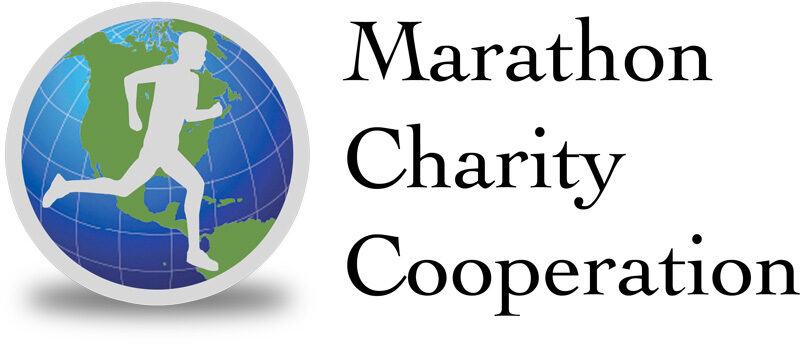By Jason Fitzgerald • For Active.com
It happens too often to many runners—you feel great and set out for an easy run, only to feel the twinge of Illiotibial Band Syndrome (ITBS) on the outside of your knee.
You do what any good runner does in this situation: take a few days off, pop some ibuprofen, and then test your leg on a run a few days later. And no surprise—your IT band still hurts.
The same tired injury prevention advice isn’t always going to cure an IT band injury. Instead, proactive and intense injury treatment is needed to get healthy and cure your ITBS for good.
ITBS Injury Treatment in 5 Easy Steps
Elite athletes are known for aggressively treating injuries so they can maintain their fitness and resume training as quickly as possible. You don’t have to be elite to learn from their treatment plans.
Below are the action steps you can take to get back on track (no apologies for the running pun):
1. Stop Running
Running exacerbates ITBS pain, typically at the knee insertion point, during the acute injury phase. It’s simple—if it hurts to run, don’t run.
More: The Next Best Thing to Running
2. Cross Train With Cycling or Pool Running
These forms of exercise have no impact forces and shouldn’t aggravate your IT band. They help you maintain fitness, circulate healing blood flow, and ensure you recover as quickly as possible. Start conservatively and make sure that either exercise doesn’t bring any pain to your IT band. You can transfer long runs, fast workouts and recovery runs to the pool or bike and you won’t lose much fitness at all.
3. Massage the Injured Area
This may or may not be appropriate for your specific situation, but in most cases it will help. Use a foam roller and a tennis ball to work out tightness and any trigger points in the quad, IT band, glute, hamstring, and hip. Static stretching of these same areas after massage can also help you feel loose, though it’s still unknown if it offers any practical benefits.
4. Increase Strength
Most IT band problems stem from a weakness in the glutes and hip area. It’s vital to strengthen these areas. A series of strength exercises like the ITB Rehab Routine targets the weak areas so you can get back to running sooner. It’s also wise to do core workouts even though they do not directly impact your IT band. With some time off from running, you’ll have time to focus on core strength. Staying on top of the little things is important.
5. Sleep More
Most recovery and soft-tissue healing happen when you’re asleep, so make sure to get a lot of it. During any period of increased training or injury, more sleep can help you recover adequately. That’s because your body enters REM and slow-wave Delta sleep after you’ve been asleep for at least 90 minutes. These are the most restorative sleep cycles for both your body and brain.
More: Consistent Sleep Patterns Means Better Performance
How to Be Proactive
Instead of reacting to an injury, know the warning signs before you get hurt in the first place.
First, realize when your body is fatigued. It’s important to run when you’re tired sometimes so you can improve, but recognize when you’re pushing yourself too far: running in old shoes while you’re tired, skipping a recovery day, increasing your volume and workout intensity at the same time, and not getting enough sleep. Be smart.
Try to have foresight instead of hindsight. Looking back it’s usually easy to recognize when you made a poor decision. We’re all human, so recognize when to back off and run easier.
Keep up with your strength exercises; they’re your injury insurance. Skipping them puts you at a higher risk for injuring the IT band (or anything else). Be diligent in strengthening the weak areas that you’re predisposed to injuring.
Remember that running is cumulative, so the best thing you can do for your long-term progress is stay consistent. Strong injury treatment—instead of pure rest—can get you back on the road faster and ready to train.
